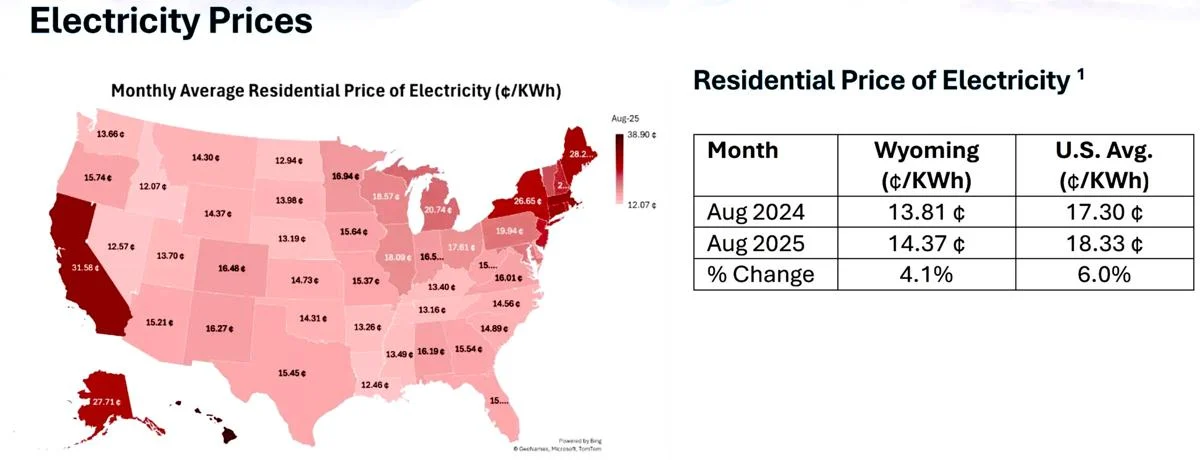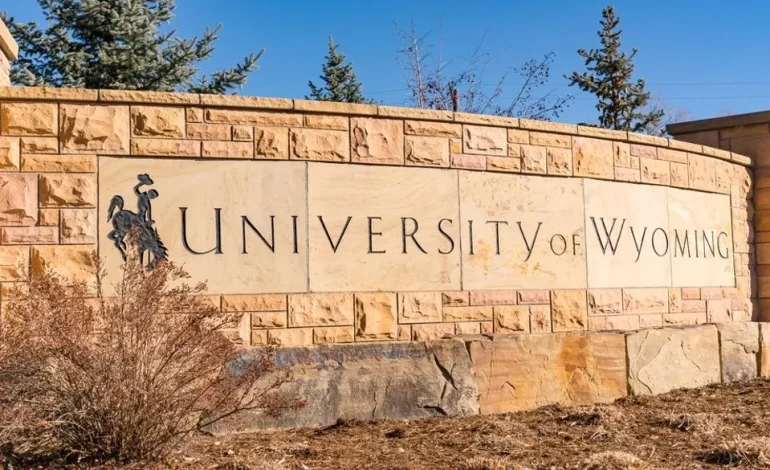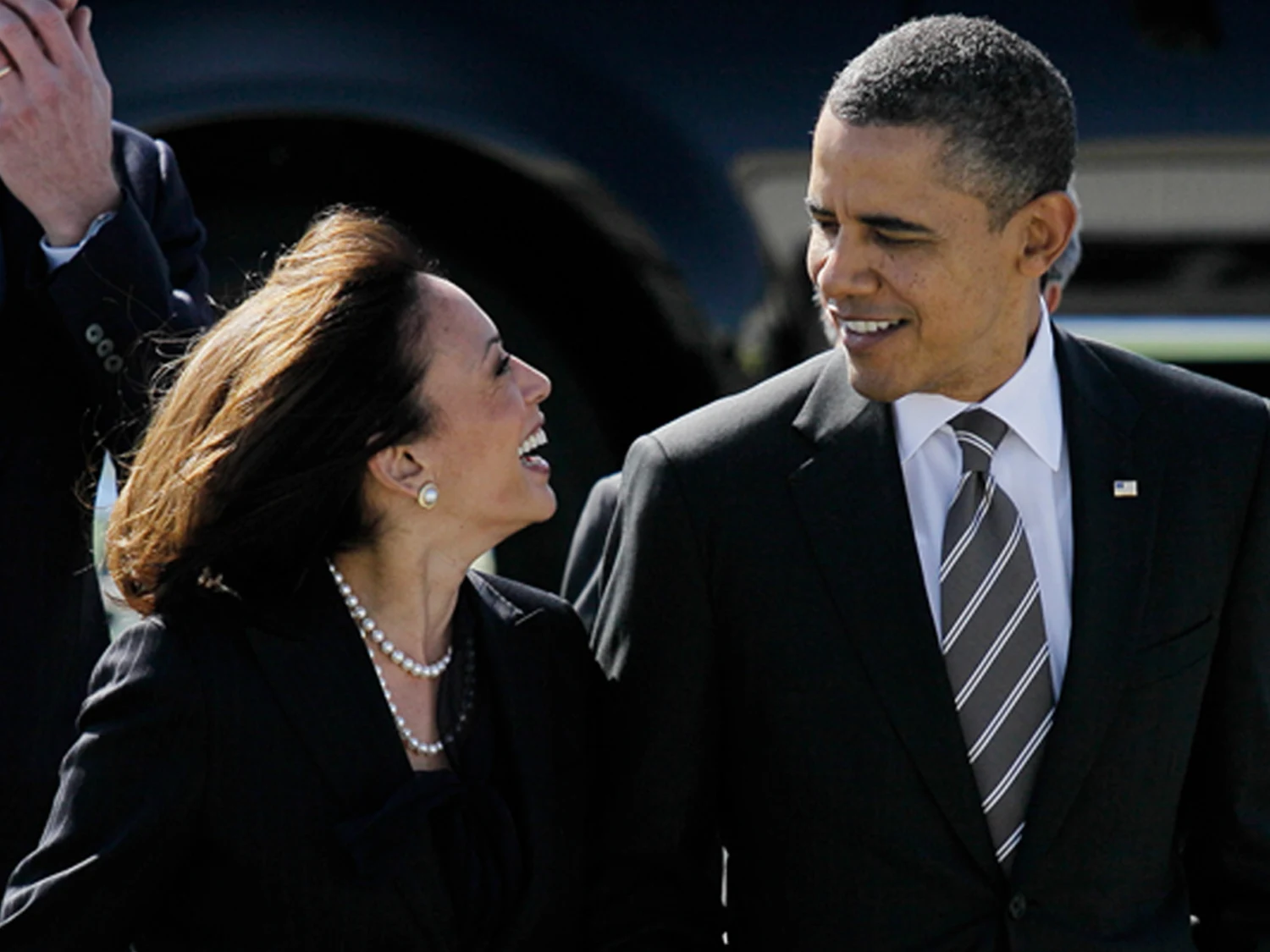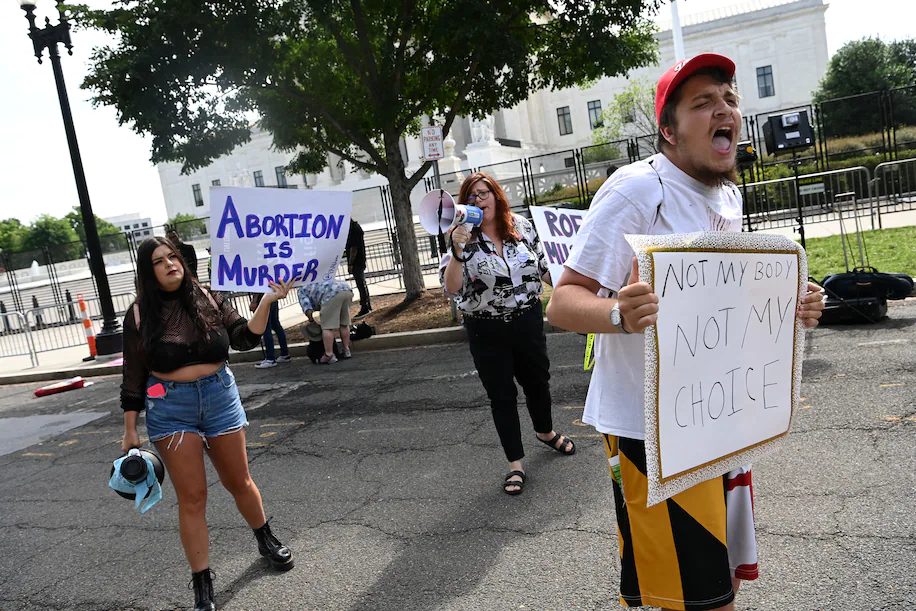The University of Wyoming (UW) is navigating a complex financial landscape as it prepares its consolidated budget for fiscal year 2026, Gillette News Record reports.
During recent hearings before the Board of Trustees, university leaders outlined a series of ongoing challenges and budgetary adjustments aimed at maintaining financial stability while aligning with strategic institutional goals.
Over the two-day session, UW officials highlighted the effects of state funding fluctuations, changing enrollment patterns, and emerging pressures on federal research funding. Despite these challenges, Interim Provost Scott Turpen emphasized the university’s commitment to its mission and responsible stewardship of public funds.
“We strive to achieve our land-grant and flagship mission effectively while efficiently using our resources,” Turpen said. “Budgets should follow unit and institutional priorities, and we are thoughtful about how budgets support our strategic plan objectives around student success, institutional excellence, service to Wyoming, and financial diversification.”
Alex Kean, UW’s Vice President for Budget and Finance and Chief Financial Officer, provided an overview of the FY 2026 budget. He noted that the budget fully allocates forecasted unrestricted operating revenue using the same incremental budgeting process adopted in 2018. However, he cautioned that a $4.3 million reduction in available revenue — primarily due to changes in the timing of inflation-related state funding — must be absorbed across the institution.
The university also projects a $570,000 drop in tuition and educational fee revenue. Despite increases in tuition and fee rates, overall tuition revenue is expected to decline by roughly $3 million, a trend partially offset by a $2.5 million decrease in financial aid obligations.
Kean pointed to enrollment trends, especially among nonresident undergraduates, as a key factor in these financial projections.
“Although improving, enrollment remains a concern and continues to be a major focus during budget development,” he said.
Other notable changes include the removal of a one-time $1.5 million appropriation for classroom technology, previously utilized in FY 2025. Additionally, graduate assistant stipend increases have been reallocated to ensure better distribution across campus units.
While most budget changes were described as incremental, Kean stressed that these shifts are part of broader efforts to maintain institutional resilience.
Beyond state-level challenges, university leaders voiced growing concern about the stability of federal research funding, a critical source of support for UW’s research enterprise.
President Ed Seidel directly addressed this issue, highlighting potential reductions in indirect cost rates from major federal agencies, including the National Science Foundation (NSF), as well as the risk of significant budget cuts to core research programs.
“We may be facing all of our major federal funding agencies reducing their indirect cost rates to 15%,” Seidel said. “We also have grants that are terminated without warning. . . . This year, this is going to be a massive shift in how the university does its work.”
Vice President for Research and Economic Development Parag Chitnis further emphasized the impact of federal budget uncertainty. Since January, he said, approximately 15 grants have been terminated or paused, affecting staffing and program continuity.
Chitnis noted that organizations like Wyoming Public Media and the Wyoming Conservation Corps are among those feeling the effects, citing a potential $400,000 loss in Corporation for Public Broadcasting support.
“If all federal agencies impose a 15% cap on indirect costs, we could lose more than $8.5 million,” he said, pointing out that such funds support essential operations including startup packages for faculty and compliance services.
While current adjustments are largely internal, UW leadership acknowledged the potential for deeper, structural changes in the future if federal and state revenue sources remain volatile. Both Seidel and Chitnis underscored the importance of planning and adaptability as the university seeks to protect its academic, research, and public service missions.
“We’re actively looking at ways to adjust if this becomes the new normal,” Chitnis said. “These are not just numbers — these cuts touch real programs and real people.”










The latest news in your social feeds
Subscribe to our social media platforms to stay tuned